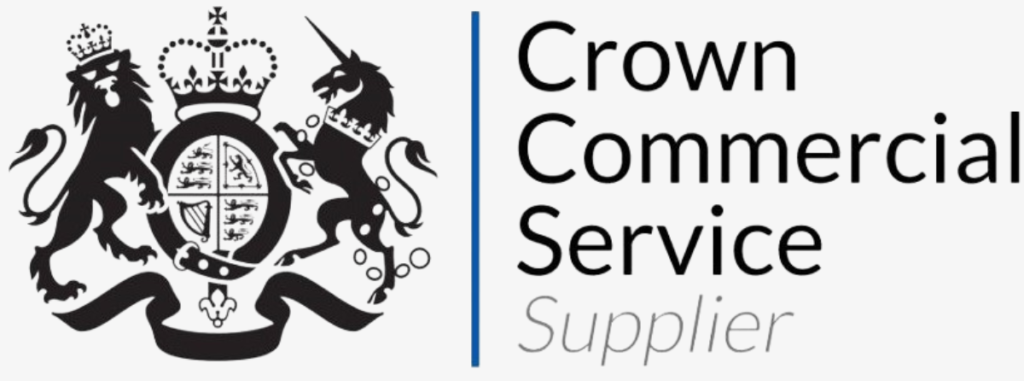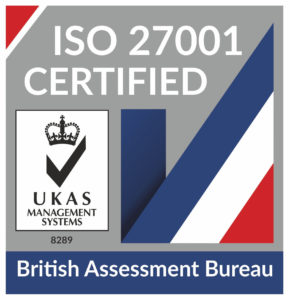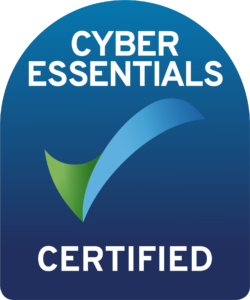
HaloITSM Guides
Documentation to assist with the setup and configuration of the HaloITSM platform
Document Management for Customers, Sites and Users
In this guide we will cover:
- How documents can be managed under customer, site and user profiles
- Additional Functionality
- Document Versions
- Have users upload documents in the portal
Note: This differs to managing documents within the documents module, this guide below requires configuring the document management module. For information on this see our guide here.
Enabling the Document Management Module for Customers, Sites and Users
Navigate to Configuration > Documents and turn on this checkbox:
Managing Documents Under customer, site and user profiles
Upload documents against a customer/site/user
Under the profile for a customer, site and user you will see a 'documents' tab. This can be used to store documents against the client/site/user.
Fig 1. Documents tab under a customer
Files and documents can be added to this tab by dragging a document from your files into this area. Once it is added any agents who have access to this area will be able to view this file by selecting it.
Have users view documents in the portal
To have your users be able to view documents in the portal first you will need to ensure you have the 'Documents' button set to show in the self-service portal (set in configuration > self-service portal). This will allow users to navigate to an area of the portal showing documents.
Users will be able to see documents uploaded against their user profile but they will need to be given permission to see site and customer documents. Permissions are set under the 'permissions' tab of the user profile. They can also be set against a user role.
Fig 2. View documents permissions
Individual documents can also be set to be hidden on the portal. To do this, select the document, hover over the edit button and 'toggle end user visibility Off'.
Fig 3. Toggle end user visibility
Additional functionality (v2.168.1+)
You can now improve the functionality of document management under customers/sites/users so it shares the functionality of the document management module. Allowing you to store documents in organised folders and store version information against documents.
To enable this head to configuration > documents and enable the setting shown in figure 4.
Fig 4. Use Document Management functionality for Customers, Sites and Users
Once enabled rather than dragging and dropping documents to upload them against a client/site/user a 'new' button will appear in the top right. You will be able to choose whether to create a new document or a new folder.
Fig 5. Add new folder/document against a customer/site/user
When uploading a new document you can then choose what folder it is stored under (you will need to create some folders first), whether it is visible to users and the attachment type.
Fig 6. Adding new document
When uploading a document you will need to click into the dotted box at the end of the page and choose a file. The name of this document will be the 'filename' in Halo. Once saved you will be able to see more information about the document such as the date created.
Note: User visibility can also be set against a folder, of a folder is not visible to users they will not be able to see any documents within this folder.
Versions
Once a document has been added you can download the current version of the attachment or upload a new version under the 'Versions' tab within the document. The new version you upload must have the same name as the existing document. All previous versions can be viewed and downloaded from the versions tab of the document.
Deleting a document will delete all of it's versions and deleting a folder will delete all documents within the folder.
Allowing users to upload documents to the portal
With the new functionality enabled an additional permission will appear against each user 'Can upload Documents' when enabled the user will be able to upload documents via the self-service portal.
Popular Guides
- Asset Import - CSV/XLS/Spreadsheet Method
- Call Management
- Creating a New Application for API Connections
- Creating Agents and Editing Agent Details
- Departments and Teams
- Halo Integrator
- Importing Data
- Multiple New Portals with different branding for one customer [Hosted]
- NHServer Deprecation User Guide
- Organisation Basics
- Organising Teams of Agents
- Step-by-Step Configuration Walk Through



